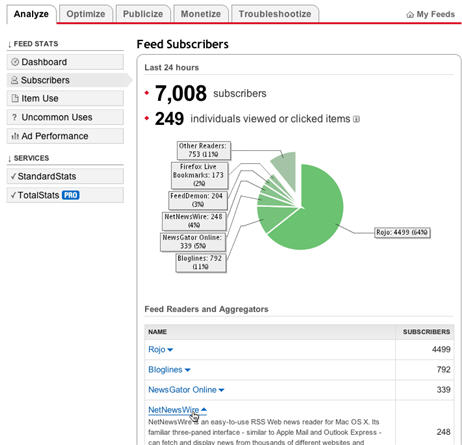Whether you’re just starting out in the blogosphere or you write for an established blog, you’ll need an angle to set your blog apart from the rest. Ideally, this theme will carry through all your posts, injecting the blog with a unique style and personality (e.g. snarky, witty, professorial, egotistical to the point of humorous, self-deprecating, nihilistic, voyeuristic). Your angle could also be in the way you present your content, too. For example, you might offer video blog posts that are extreme close-ups or you might include hand-drawn illustrations with your posts.
An angle helps make your blog remarkable, which is a laudable goal for any marketer. In his book “Purple Cow,” marketing guru Seth Godin stated that being “remarkable” doesn’t mean you (or your blog) needs to be the best, it means that you need to “be worth remarking about.” Seth also said that the opposite of “remarkable” is “very good.” In other words, having a “very good” blog just doesn’t cut it — not when there are hundreds of millions of other blogs out there too.
Another way of thinking about a “hook” or an “angle” is to think about your blog as “link bait.” Link bait is content that is so funny, so interesting, and so useful that it becomes irresistible to other bloggers and site owners to link to and “remark” on. Nick Wilson revealed 5 “hooks” in his landmark post on link baiting:
- humor hook
- news hook
- contrarian hook
- resource hook, and
- attack hook
Link bait can take the form of Top 10 lists, humorous videos uploaded to YouTube, checklists, cartoons, tools, widgets and blog plugins — to name a few.
One business blog that I think really nailed this concept is Sparkle Like the Stars, a blog owned by jewelry retailer ice.com. The blog is snarky, irreverent, fun, voyeuristic, trendy and useful — all at the same time! This blog’s hook is paying off, in the form of a loyal following.
We, at Netconcepts, decided to follow in the footsteps of Sparkle Like the Stars to create a blog about shoes we affectionately named, “The Shoe Paparazzi.” The idea behind it was to fuse footwear with the “sport” of celebrity watching in order to capture and keep readers’ interest. At this point it’s still just an experiment, a pet project of Netconcepts that wasn’t commissioned by a client, but is something we hope can be used in the future to prove the case for the “celebrity watching hook” as a viable angle for online retailers.
As far as blogs go, I’m not 100% certain we’ve hit that right hook/angle yet to build that loyal following every blogger dreams of. I put it to you, my fellow bloggers, do you think our Shoe Paparazzi experiment is link-worthy? What’s your blog’s hook, and how’s that working out for you? Talk back via comments.






 I was really, really impressed with the generous offer. So I put my hand up. And I’m pleased to say that I was one of the lucky recipients to the Cirque du Soleil show called “
I was really, really impressed with the generous offer. So I put my hand up. And I’m pleased to say that I was one of the lucky recipients to the Cirque du Soleil show called “




